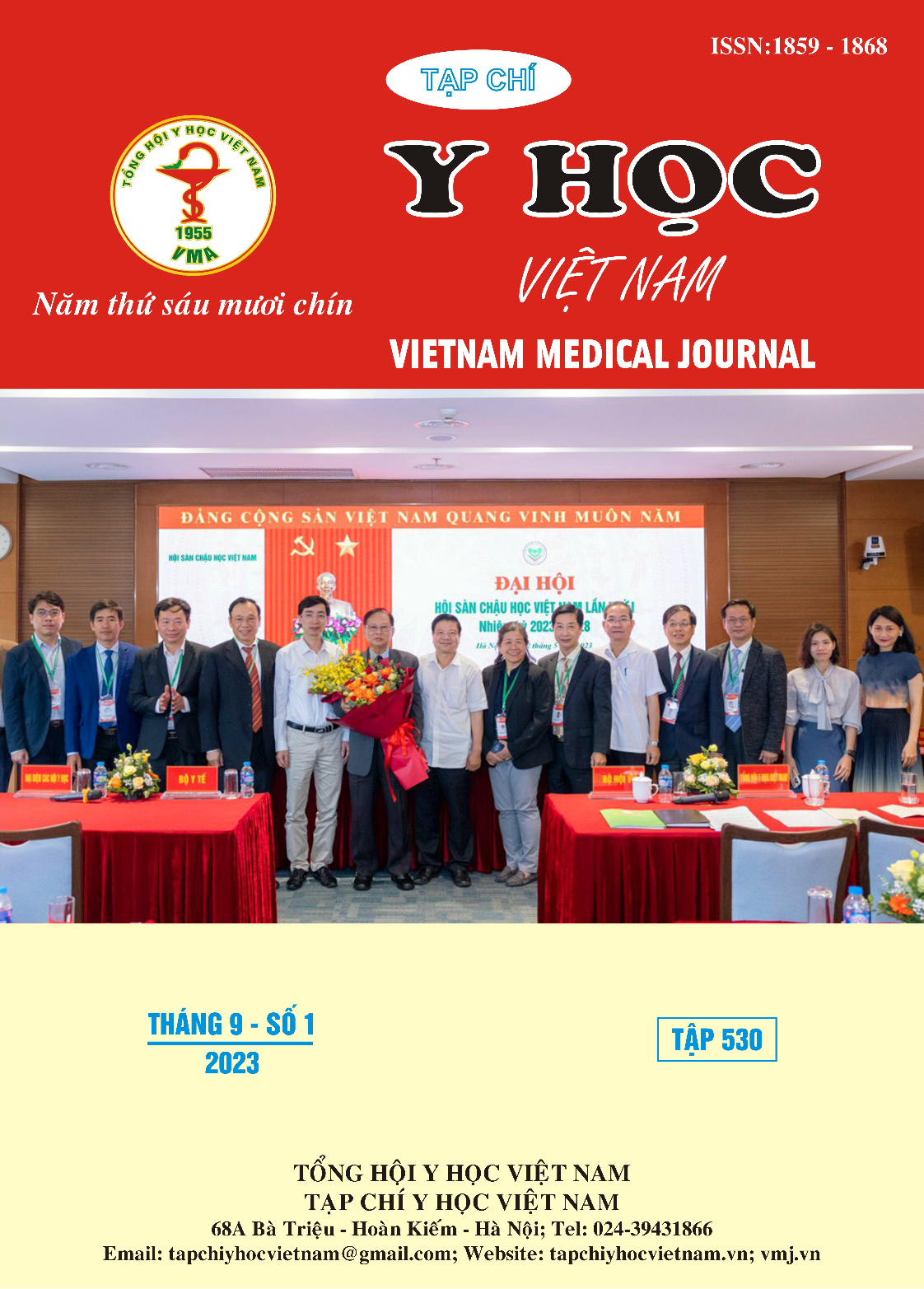STUDY ON ANTIOXIDANT AND ANTI-INFLAMMATORY EFFECT OF BREADFRUIT LEAF EXTRACT (ARTOCARPUS ALTILIS FOSBERG)
Main Article Content
Abstract
Moraceae) is a shade tree and also a promising medicinal plant. In folklore, breadfruit is used to treat gout, joint pain, etc. However, this folk experience has not yet been proved on an experimental model. The aim of this study was to evaluate the antioxidant activity and anti-inflammatory effects of breadfruit leaf extract. The results showed that breadfruit leaf extract had antioxidant activity with an IC of 59.85 ± 2.24 µg/mL. The breadfruit leaf extract also showed anti-inflammatory activity through NO production inhibition and in carrageenan-induced rat paw edema model
Article Details
Keywords
Breadfruit, antioxidant, anti – inflammatory, RAW 264.7, carrageenan
References
2. Nguyễn Thị Kỳ Duyên, Nguyễn Thị Thùy Trang, Nguyễn Linh Việt, Nguyễn Đức Hạnh "(2020), Khảo sát thành phần hóa thực vật và độc tính cấp của cao chiết lá Sa kê (Artocarpus altilis Moraceae), Tạp chí y học và công nghệ Đại học Nguyễn Tất Thành, tr.56-60 ".
3. Küpeli, Esra and Yesilada, Erdem (2007), "Flavonoids with anti-inflammatory and antinociceptive activity from Cistus laurifolius L. leaves through bioassay-guided procedures", Journal of ethnopharmacology. 112(3), pp. 524-530.
4. Sikarwar, Mukesh S and Hui, Boey Jia (2014), "Antioxidant activity of Artocarpus altilis (Parkinson) Fosberg leaves", Free Radicals and Antioxidants. 4(2), pp. 33-39.
5. Palupi, DHS, et al. (2020), "Leaf extract of artocarpus altilis [park.] fosberg has potency as antiinflammatory, antioxidant, and immunosuppressant", Rasayan J Chem. 13, pp. 636-46.
6. Riasari, Hesti, Fitriansyah, Sani N, and Putra, Oktamuman (2018), "Comparison of Anti-Inflammatory Activity between Fermented and Dried Breadfruit Leaves Extract (Artocarpus Altilis)".
7. Riasari, Hesti, Nurlaela, Sani, and Gumilang, Ginanjar C (2019), "Anti-Inflammatory Activity of Artocarpus altilis (Parkinson) Fosberg in Wistar Male Rats", Pharmacology and Clinical Pharmacy Research. 4(1), pp. 22-26


